With so many options—email, social media, search engines, influencer platforms, traditional media, and more—the pressure to “do it all” can be overwhelming. But here’s the truth: jumping into a marketing strategy without first taking stock of where you are and how your channels are performing is like setting off on a road trip without a map—or even a destination. You might end up somewhere, but it probably won’t be where you intended.
Enter Initial Channel Measurements.
These measurements are the essential first step in crafting a strategic, data-driven marketing or communications plan. They form the baseline that will not only inform your direction but also provide the metrics you’ll use to evaluate success and pivot when necessary.
In this article, we’ll explore why initial measurements are vital, what you should be measuring, and how to use that data to create a marketing strategy that is both effective and efficient.
Why Initial Channel Measurements Matter
1. Avoid Wasted Resources
Without a clear understanding of which channels are currently delivering results—or failing to—organizations risk wasting time, money, and human resources. A company may continue pouring money into Facebook ads because “it worked last year,” when in reality, engagement has plummeted and the audience has migrated elsewhere.
Initial measurements allow you to allocate resources where they will have the greatest impact, based on actual data, not assumptions.
2. Understand Audience Behavior
Audience behavior is fluid. Platforms rise and fall, content preferences evolve, and attention spans shift. Measuring your existing communication channels gives you a snapshot of how your audience is engaging with your brand right now. Are they clicking on your email CTAs? Are Instagram stories outperforming feed posts? Are YouTube views translating into website traffic?
This behavioral insight is critical for aligning your messaging with what your audience actually wants and how they consume content.
3. Set Realistic Goals
Goals that are not grounded in reality are dreams at best—and failures at worst. By taking baseline measurements, you can set realistic, data-driven goals for growth and engagement. For example, if your blog currently sees 500 monthly visitors, aiming for 10,000 in two months is likely unrealistic. But increasing that to 1,000 or 1,500? Achievable, measurable, and motivating.
4. Facilitate Benchmarking and Optimization
One of the most powerful uses of initial measurements is benchmarking. You can’t optimize what you haven’t measured. Having a clear “before” picture lets you compare performance after a campaign has been launched. Did your new content strategy increase engagement by 20%? Did your podcast drive more email sign-ups?
Benchmarking is only possible if you first measure what “normal” looks like.

What to Measure (And Why)
Let’s get practical. If you’re assessing your communication channels, here are the key areas you should measure before crafting your strategy:
1. Traffic Sources and Volume
- Why it matters: This helps you understand where your current audience is coming from—organic search, social media, email, referrals, etc.
- Tools: Google Analytics, HubSpot, SEMrush, Matomo
- Use it to: Identify high-performing channels and underperformers. Perhaps 70% of your traffic comes from organic search, indicating strong SEO—so doubling down on content might be wise.
2. Engagement Metrics
- Why it matters: High traffic is meaningless without engagement. You need to know if visitors are actually interacting with your content.
- What to look at: Bounce rate, average session duration, pages per visit, social shares, comments, likes.
- Use it to: Identify which content types and channels keep users interested and which lose them quickly.
3. Conversion Rates
- Why it matters: Conversion is the ultimate goal of most communication strategies—whether that’s a purchase, a sign-up, or a download.
- Tools: Google Analytics (Goals), Hotjar, conversion funnels in marketing CRMs
- Use it to: Determine which channels and content lead to action, and prioritize them in your strategy.
4. Audience Demographics
- Why it matters: Knowing who you’re reaching helps you determine if you’re attracting the right audience.
- What to check: Age, location, device type, interests (via tools like Google Analytics, Facebook Insights)
- Use it to: Tailor your messaging and content strategy to the most valuable audience segments.
5. Email Metrics
- Why it matters: Email remains one of the highest ROI communication channels—when used effectively.
- Key metrics: Open rates, click-through rates, unsubscribe rates
- Use it to: Refine your messaging, subject lines, segmentation, and sending times.
6. Social Media Performance
- Why it matters: Social is often a key awareness and engagement driver.
- Metrics to monitor: Reach, impressions, engagement rate, follower growth, referral traffic
- Use it to: Understand what content resonates on each platform and adjust your content mix accordingly.

How to Use These Measurements in Strategy Development
You’ve gathered your data—now what? Here’s how to use it to build a marketing or communications plan that actually works.
1. Identify What’s Working (and Double Down)
If Instagram Stories are driving more traffic to your site than any other social format, that’s a green light to invest more time and creativity there. Likewise, if email campaigns have high engagement but low conversion, maybe it’s time to revise your call to action or landing page.
Strategy Tip: Focus first on amplifying your strengths. It’s often more efficient to scale up what’s already working than to try to fix something fundamentally broken.
2. Plug the Leaks
Find and fix the weak links in your communications funnel. For instance, if a landing page has high traffic but low conversion, it may be due to poor UX, unclear messaging, or a lack of trust signals.
Strategy Tip: Use heatmaps and user behavior tracking to identify friction points and make targeted optimizations.
3. Create Targeted Campaigns
Armed with demographic and behavioral data, you can now build hyper-targeted campaigns. Maybe your LinkedIn audience skews B2B, while Instagram brings in younger consumers. Rather than sending the same message everywhere, tailor your content and offers to match each audience.
Strategy Tip: Use A/B testing to refine message tone, visuals, and offers per channel.
4. Allocate Budget Intelligently
Initial measurements show you where you’re getting the most return. Invest your budget accordingly. Maybe paid search has a great ROI, but your social ads are underperforming. Time to reallocate spend or revisit creative strategy.
Strategy Tip: Create a performance dashboard to monitor spend vs. return across all channels monthly.
5. Establish KPIs and Reporting Cadence
Because you’ve taken initial measurements, you can now set KPIs (Key Performance Indicators) that are rooted in your current reality. Then, establish a regular cadence for reporting and review—monthly, quarterly, etc.
Strategy Tip: Build in moments of review to celebrate wins, identify lessons, and adjust your approach.
Common Pitfalls to Avoid
- Data Paralysis: Don’t let the abundance of data stop you from acting. Focus on the few key metrics that matter most to your goals.
- Assumptions Over Evidence: Don’t assume you know what your audience wants. Let the data tell you.
- Ignoring Qualitative Insights: Surveys, interviews, and customer feedback can complement quantitative data and add rich context.
- One-Size-Fits-All Planning: Each channel is different. Avoid the trap of broadcasting the same message across all platforms.
Final Thoughts
Great marketing isn’t about doing more—it’s about doing the right things with purpose and precision. Taking initial measurements of your communication channels ensures you’re starting from a place of clarity and understanding. It empowers you to build strategies that are grounded in evidence, not guesswork. And perhaps most importantly, it sets the stage for measurable growth and continuous improvement.
In a world brimming with content and competition, this level of strategic rigor can be the difference between blending in and breaking through.
So before you sketch out your next big campaign, pause. Look back. Measure. Then move forward—smarter, faster, and with far greater confidence.
Ready to take your communications strategy to the next level? Start by auditing your current channels. Need help with the process? Reach out to our team for a comprehensive channel performance review.



No responses yet